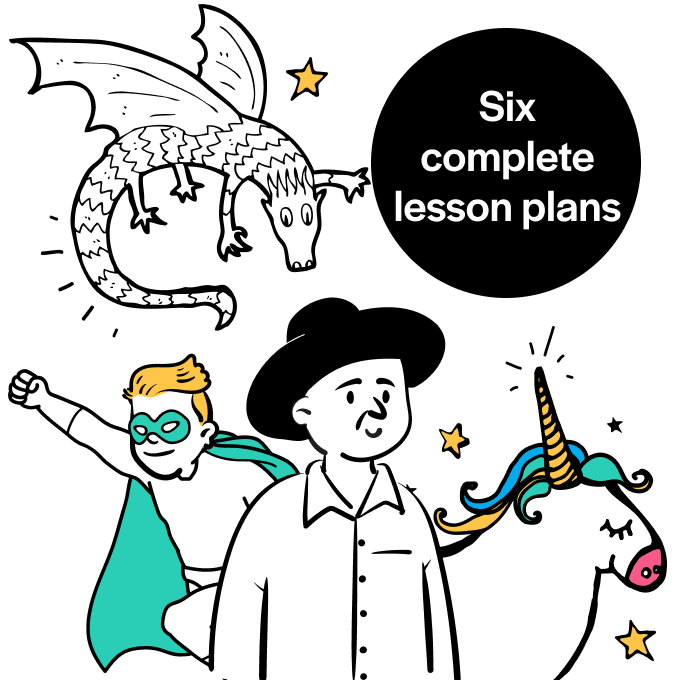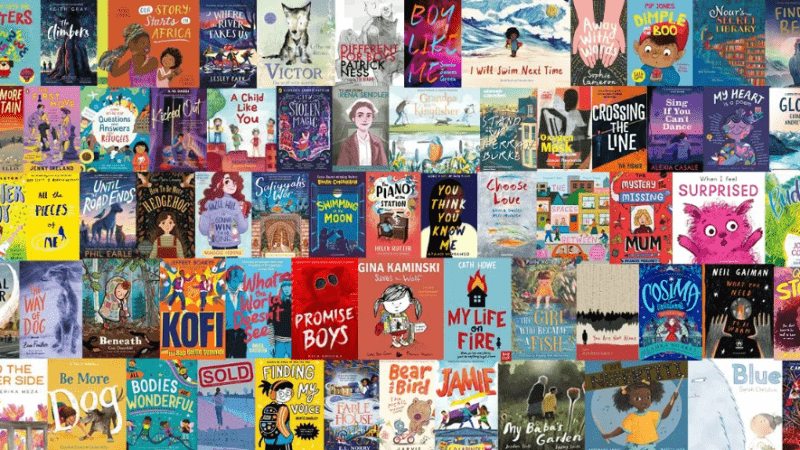Classroom routine strategies – Improve your classroom culture

These three strategies are simple to implement and easy for children to remember, says Robbie Burns…

- by Robbie Burns

Recently I’ve been focusing on helping my colleagues to embed three key strategies for developing classroom culture across our three-form entry primary academy.
The strategies originated in the work of Doug Lemov in his seminal book Teach Like a Champion, which studied the practices of top performing teachers across the USA.
I chose them to implement in my school because I knew they would ensure there was a consistent approach to procedures, routines and learning behaviours that all children could easily remember and recognise as they progressed through school.
Strategy 1 | Threshold
In a nutshell
Greet children at the door, setting expectations before they enter the classroom.
How?
There are three steps to this strategy. Firstly, expect pupils to stop and say hello to you before they enter the classroom. Secondly, welcome each student by name, making eye contact. Finally, state your expectation of what children do once they enter the classroom.
At first glance, this is a really simple strategy, but done well it sends deep messages to children about what it means to be in lessons with you. When you stand at the door with a warm and positive demeanour, this says something about your classroom.
It says, ‘In this room, I am in charge. I really want you to be part of it in every way and thoroughly enjoy all the learning that will take place within it, but I am in charge.’
This doesn’t mean you’re a dictator or a military sergeant, but instead an adult who cares deeply about pupils, their learning and what will take place in your classroom.
When done successfully, this strategy says to students that you care about the development of their character. Simply saying ‘hello’ while looking you in the eye is an important part of being polite.
It indicates to children that, even though you value their presence, you won’t let them into your classroom environment unless they’re ready to learn.
This strategy sends the message that you, the teacher, set the culture of the room and you want children to participate in the right way. But first, they must say hello and recognise how they ought to behave in the school environment.
Strategy 2 | Do now
In a nutshell
This is an independent task, done in silence, that helps children to review prior learning.
How?
This strategy relies on four separate steps. First, gather data on student understanding from prior learning. Secondly, create a task that includes questions and activities from this area. Thirdly, expect children to complete the task silently and independently. Finally, review pupils’ work and get them to self-mark.
At my school we do this task during the first ten minutes of the day, while students settle, put their things away and get ready for structured lessons. It includes retrieval practice from all subjects to reinforce the interconnectedness of the curriculum.
When done well, this strategy sends a message to students that every single moment in the classroom matters. As soon as they’re ready to learn they need to get going, because that is what this place is for.
It shows children that what they learnt yesterday, last week and last month matters to their learning today, and that they should be ready to think hard about all the other things they’ve learnt.
Make it clear that you expect pupils’ best efforts and that this task will give them the chance to check what they’ve learnt and how well they’ve learnt it.
Strategy 3 | STAR sitting
In a nutshell
Teach students to sit up straight, track the speaker, ask and answer questions and respect those around them (‘STAR’ for short).
How?
Teach what you mean by STAR sitting by modelling it. Make it clear when you expect it to happen, and reteach the strategy as needed. I’ve often sat through CPD sessions on ‘active listening’ or ‘active speaking’.
Trending
I’ve walked past lots of posters with nice pictures of these things. Quite often though, the initiative fades away within weeks. I even remember asking a student, “What does active listening mean?” and he shrugged and said, “I don’t know.”
The difference between STAR sitting and other strategies that try to address the same issue is that ‘STAR’ as an acronym is memorable and easy to refer back to again and again and again.
Although it doesn’t encompass every element of learning behaviours, it’s actionable enough to be a consistent element of all classrooms and helps to instil a strong culture in a meaningful way. It provides a clear way to talk to teachers about learning behaviours and support them to develop it further in their own practice.
It’s punchy and quick to understand and, therefore, conducive to great instructional coaching.
You can also break it down. When you want students to look at a particular person in the classroom or at the board, you can simply say “Track the board” or “Track James” and expect all students to look in that direction, allowing you to note their engagement in the lesson.
How I led this change
Explain why it matters
This sounds basic but I think it’s important. When I rolled out these strategies in my school, I didn’t want them to sound gimmicky. Instead, I wanted them to be deeply embedded in our shared understanding of classroom culture.
Because they’re easily actionable, it makes it more effective than talking about vague behaviour management techniques.
Explain the ‘what’ and ‘how’ really clearly
In our first sessions on classroom culture, I explained what the three strategies were and the steps staff needed to take to do them well.
After this I modelled them as clearly and purposefully as I could, showing how I would do it in my classroom, even though this felt awkward and strange at first.
Show videos of others doing it
To further embed these strategies, and help staff see that I wasn’t the only one who thought this was a good idea, I showed them videos of others doing the strategies in a range of contexts. This was helpful for colleagues teaching a diverse age range to see how it might manifest itself within their classroom.
Script the roll-out
Teachers wrote down exactly what they were going to say and do at each moment. To help colleagues think deeper, I asked them to, for example, think about what they’d do if a student ‘wasn’t ready’ to enter the room, and how they would reset expectations with them.
Balance practice with monitoring
I was keen to give staff space to try the three strategies, get it wrong, try again and refine them further. After a few weeks we monitored the impact through developmental drop-ins. It was great to see the work being done across the school.
Use instructional coaching
After the developmental drop-in, we did some instructional coaching. This involved taking notes on how staff were doing (how long it took pupils to settle, what teachers said at the door, and so on). We then supported colleagues to reflect deeply on how they could improve what they were doing. Many staff benefitted from seeing their classroom from a different angle.
If I was to lead this process again, there are a few things I’d do differently. Next time I’d include more space for deliberate practice in staff meetings.
While we did script, reflect and consider various aspects of how we would implement these strategies, I don’t think I went far enough in giving colleagues the space to practise, get feedback and then move forward with structured support.
I’m hoping that now children are back in the classroom we’ll be able to think more deeply about the strategies we set out at the beginning of the year. There have been great leaps forward in this area, but there is still much for all of us to learn.
Robbie Burns is assistant vice principal for teaching and learning at Bede Academy, an all-through school in Blyth, Northumberland. Follow him on Twitter at @MrRRBurns. Visit his website at howthenshouldweteach.wordpress.com.










